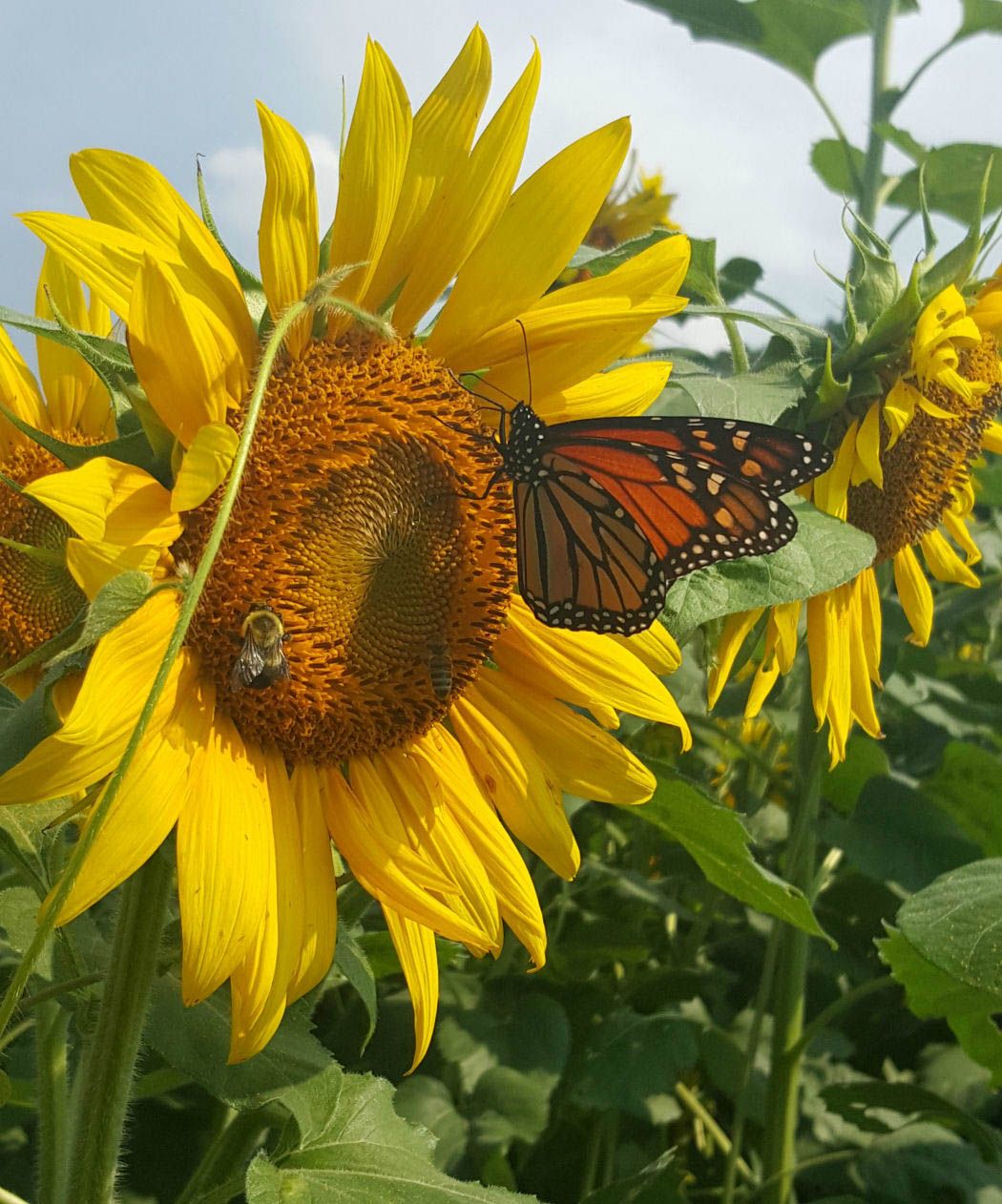Sunflowers, with their radiant yellow petals and towering stems, are not only a symbol of summer and joy but also a magnet for a variety of wildlife, especially butterflies. The Common Sunflower, scientifically known as Helianthus annuus, plays a significant role in attracting these winged wonders. Here’s a brief look at how the Common Sunflower serves as a beacon for butterflies.
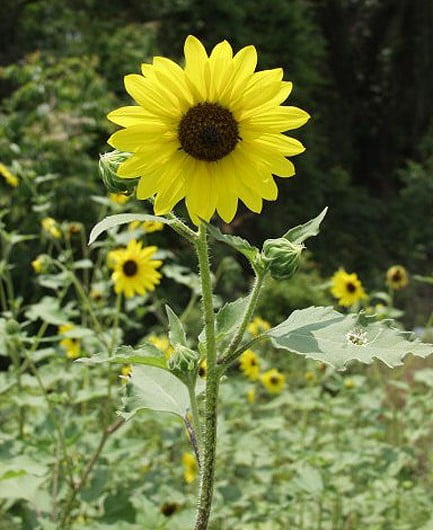
Domestication
The Common Sunflower is technically not native and is believed to have been domesticated in North America around 1,000 BC. Indigenous peoples, particularly the Native Americans, cultivated the sunflower long before European explorers arrived on the continent. These early cultures selected plants for their larger seeds and used them as a source of food, oil, and dye. Sunflower seeds were ground into flour for bread, mixed with other grains, or consumed as a snack. The plant also held religious and ceremonial significance for some tribes.
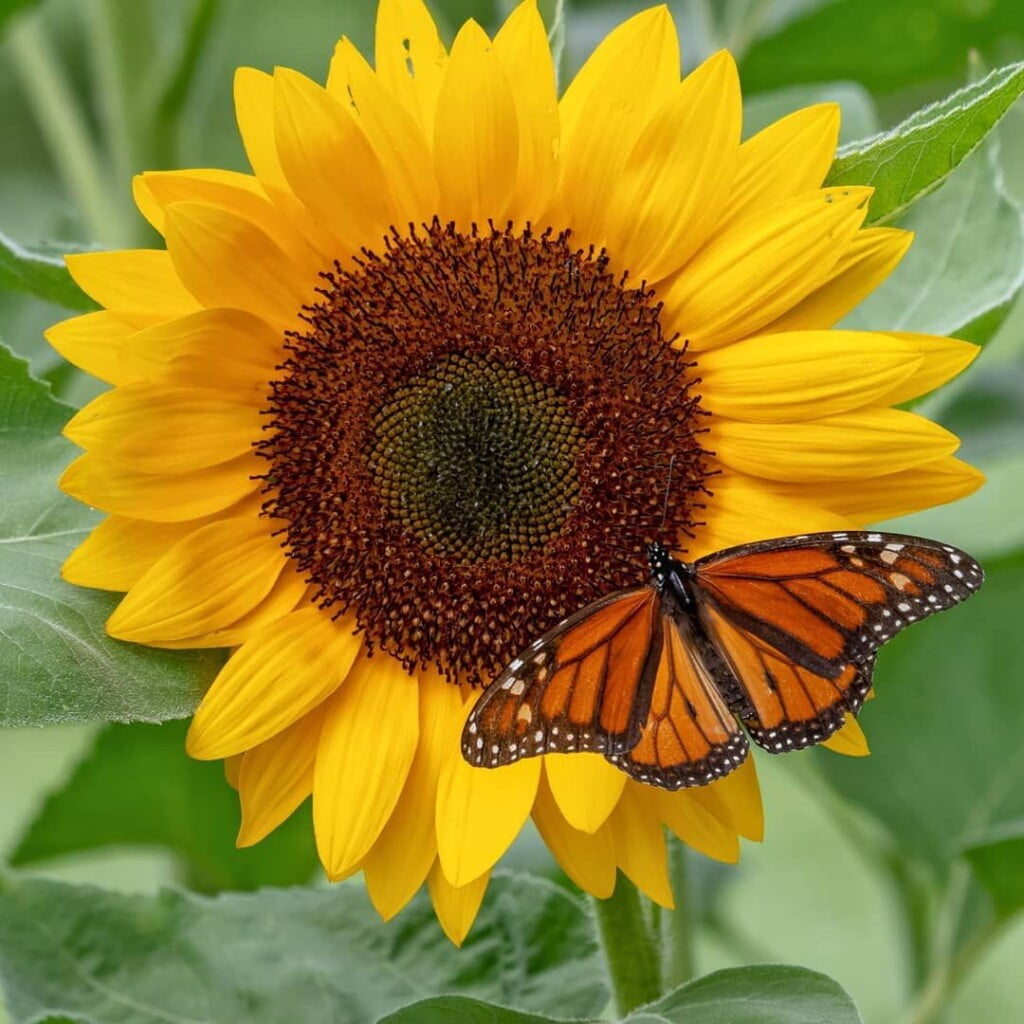
25 “Monarch Sunflower” Seeds (Helianthus Annuus)
The “Monarch Sunflower” stands tall at an impressive 7 feet, ruling over the garden with its vibrant yellow crown. Flowering in less than 80 days and ready to seed in under 125 days, it’s a prodigious producer not just of nectar, but also of a bounty of sunflower seeds that court a wide range of subjects, from birds to bees to all the loyal subjects of the insect realm. 50+ seeds from Johnny Butterflyseed.
As European settlers arrived in North America, they recognized the value of sunflowers and began introducing them to other parts of the world. Over time, breeding efforts have led to the development of sunflower varieties with specific traits, such as high oil content or ornamental value. Today, the Common Sunflower is not only a symbol of beauty and warmth but also a significant agricultural crop globally. Russia and Ukraine produce half of world’s the Sunflower seeds.
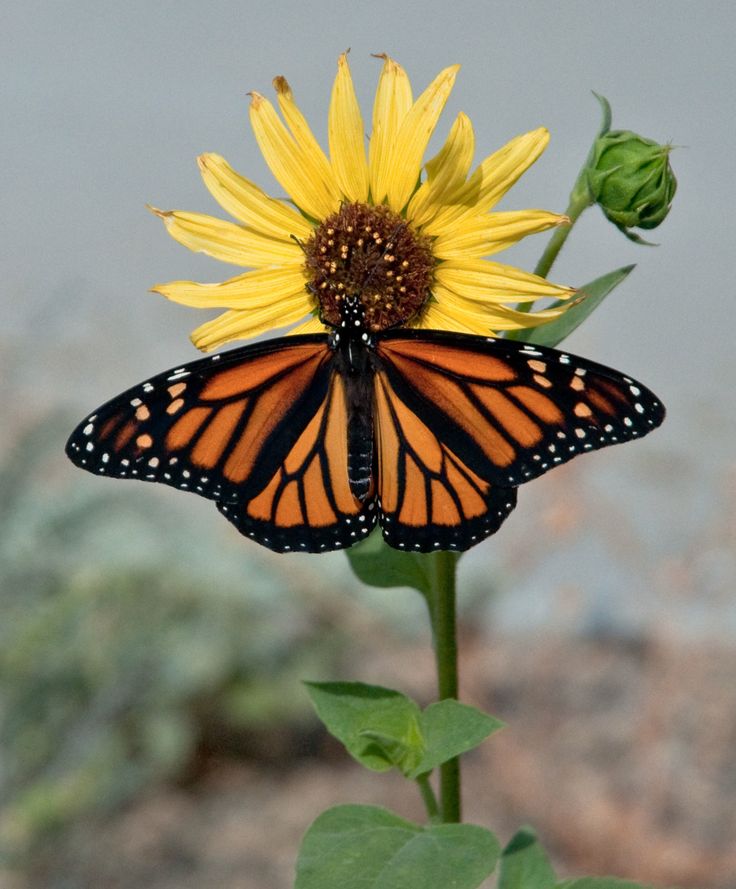
Nectar Galore
Butterflies primarily feed on nectar, a sweet liquid produced by flowers. The Common Sunflower, with its large, flat face, provides an easy landing platform for butterflies. As they sip on the nectar, butterflies get the necessary energy to continue their flight and daily activities.
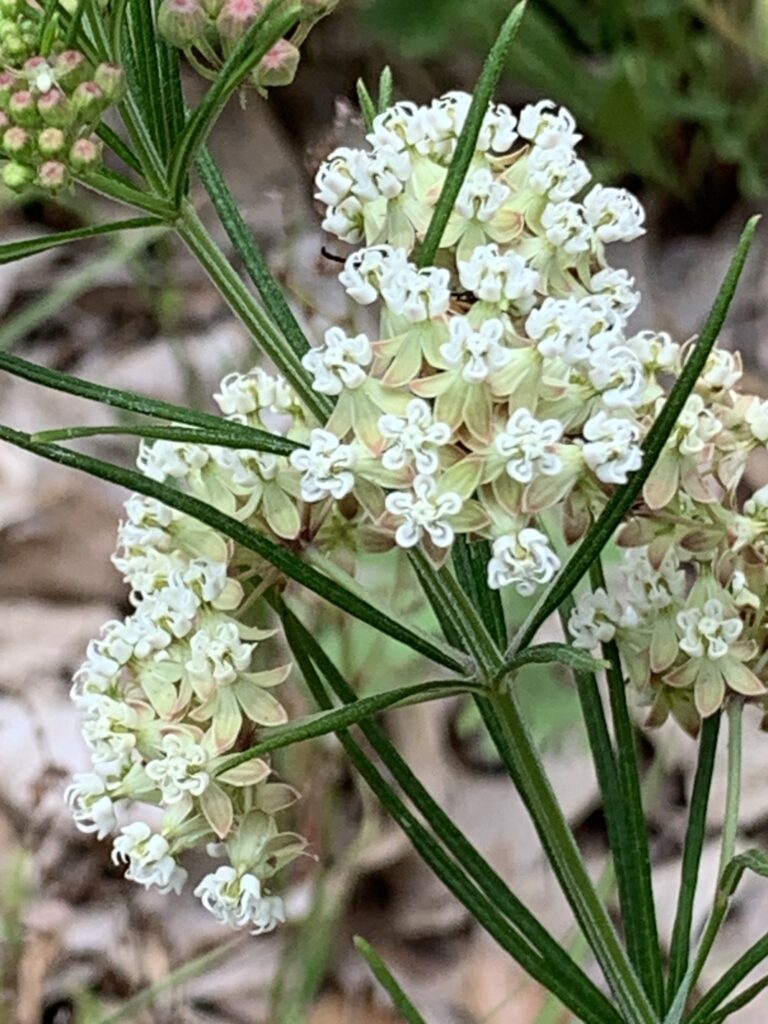
50 Whorled Milkweed Seeds (Asclepias Verticillata)
This plant is perfect for gardeners who are committed to creating a haven for Monarchs. Its late-season blooming period ensures that Monarchs have the resources they need as they prepare for migration. When you plant Whorled Milkweed, you’re not just adding beauty to your garden—you’re playing a vital role in the conservation of this iconic species. 25 Seeds. USDA Zones 3-10.
Vibrant Colors
The bright yellow of sunflowers is not just for our aesthetic pleasure. Butterflies are drawn to vibrant colors, especially shades of yellow, orange, and red. The sunflower’s distinctive hue acts as a beacon, signaling a rich source of food.
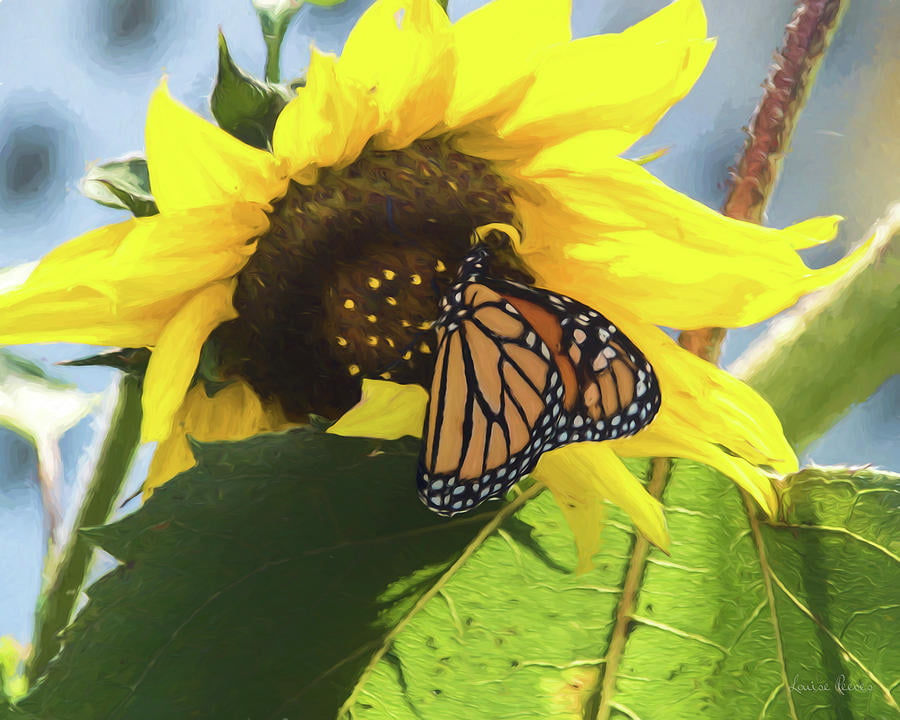
Breeding Ground
While nectar is essential for adult butterflies, their larvae (caterpillars) need solid food sources. Some butterfly species, such as the Painted Lady, lay their eggs on sunflowers, knowing that once hatched, the caterpillars can feed on the leaves and flower buds. Thus, sunflowers can support multiple life stages of butterflies.
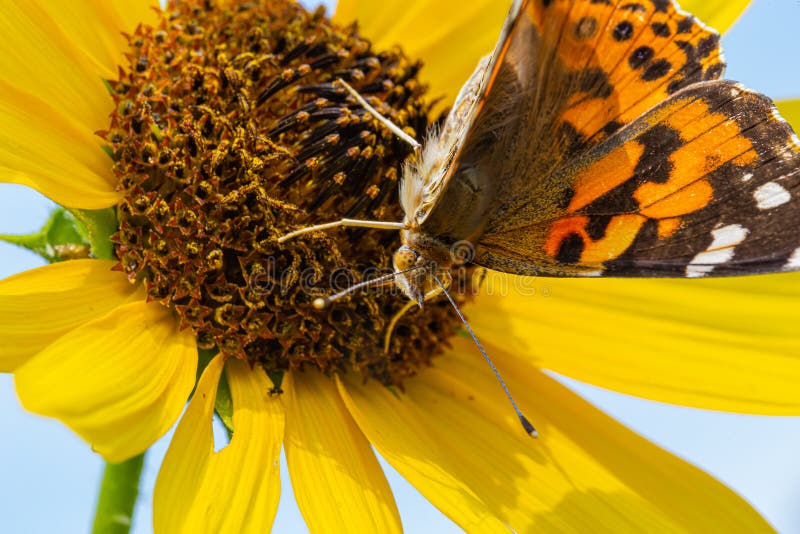
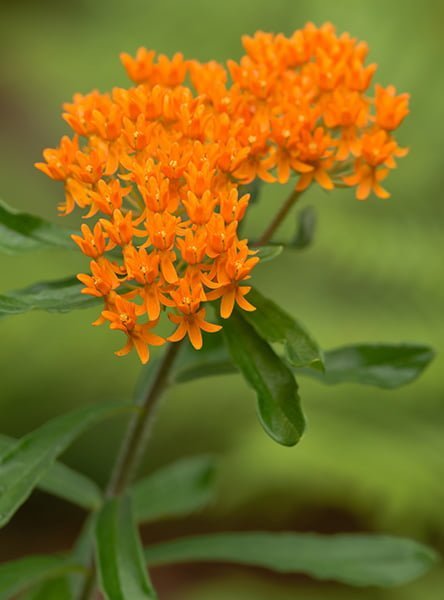
250 Butterfly Milkweed Seeds (Ascslepias Tuberosa) for North America
More than one full gram of Butterfly Milkweed Seeds (Asclepias tuberosa). Attracts Monarchs. Origin Kentucky. USDA Zones 3-8.
Dual Role in the Ecosystem
Sunflowers don’t just attract butterflies. They also draw in a myriad of other pollinators and insects, including bees and beetles. This bustling activity creates a dynamic ecosystem where predators, such as birds, come in search of their prey. As such, a garden with sunflowers becomes a hotspot of biodiversity, benefiting the butterflies in multiple indirect ways.
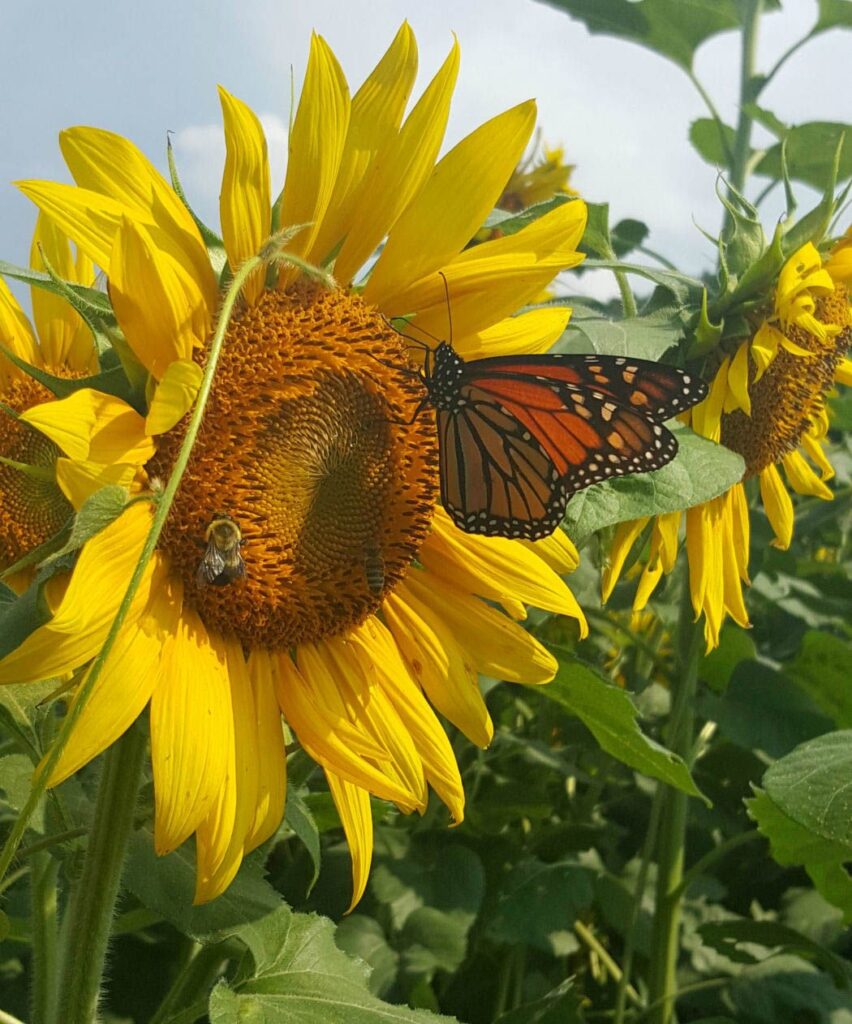
Cultivation and Care
For those looking to attract butterflies, planting sunflowers can be a great starting point. They are relatively easy to grow, requiring full sunlight and well-draining soil. While they are drought-resistant, regular watering will ensure healthy growth. Importantly, avoiding pesticides is crucial. These chemicals can be harmful to butterflies and other beneficial insects.
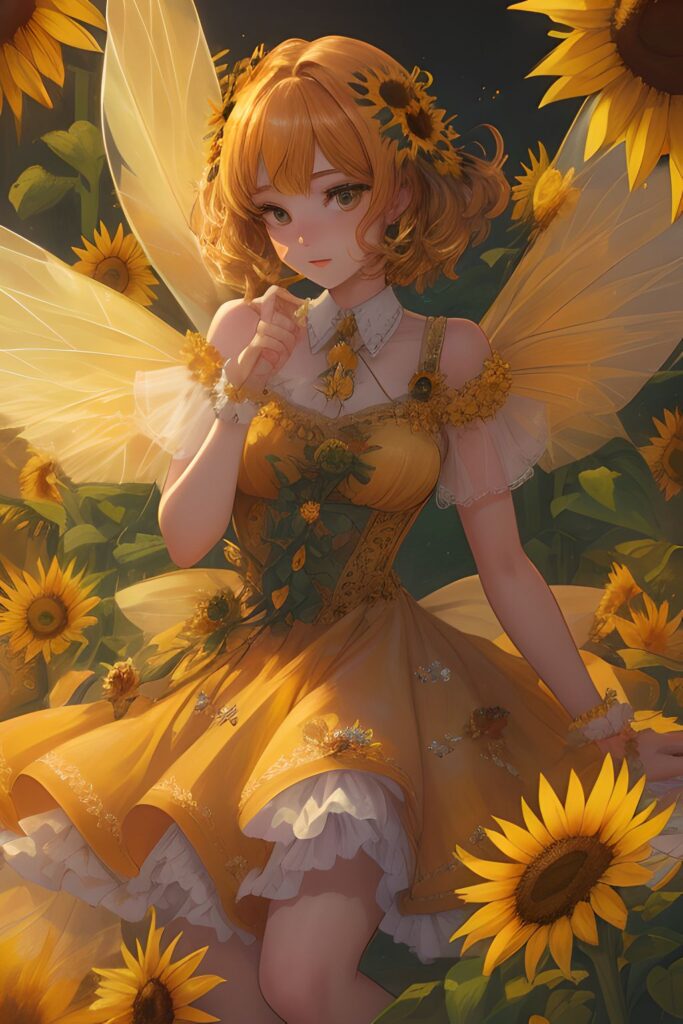
Conclusion
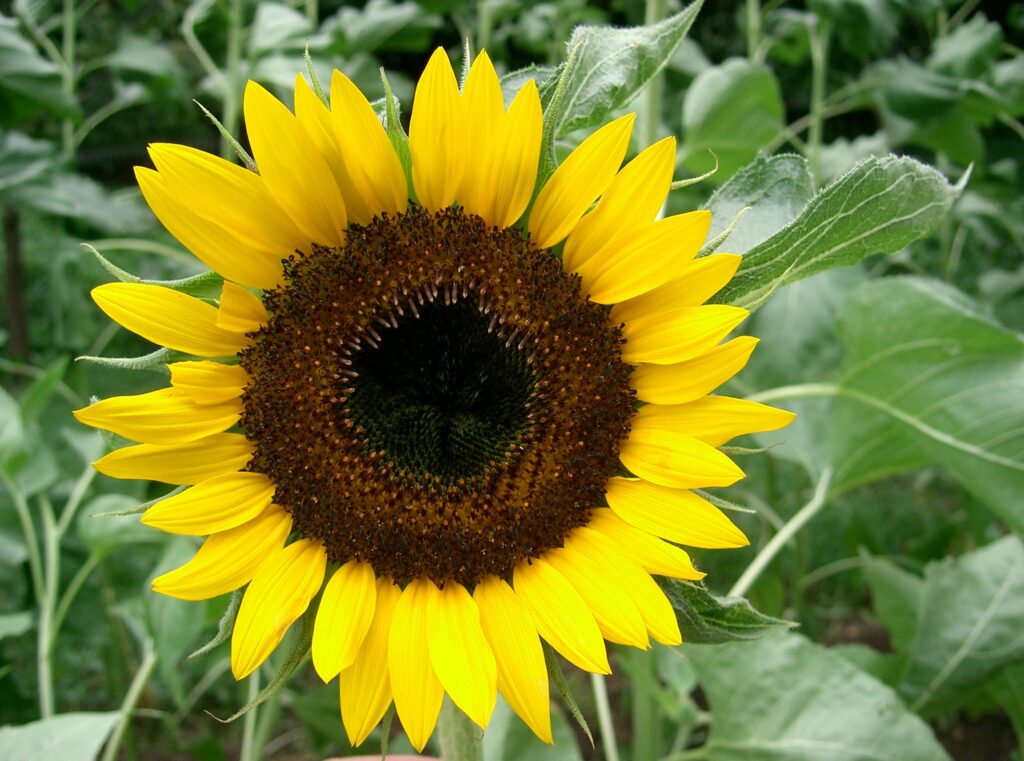
The Common Sunflower is more than just a beautiful flower. It plays a pivotal role in supporting butterfly populations, offering them food, shelter, and breeding grounds. By planting sunflowers in our gardens, we not only get to enjoy their beauty but also contribute to conserving the delicate balance of nature… one day at a time!
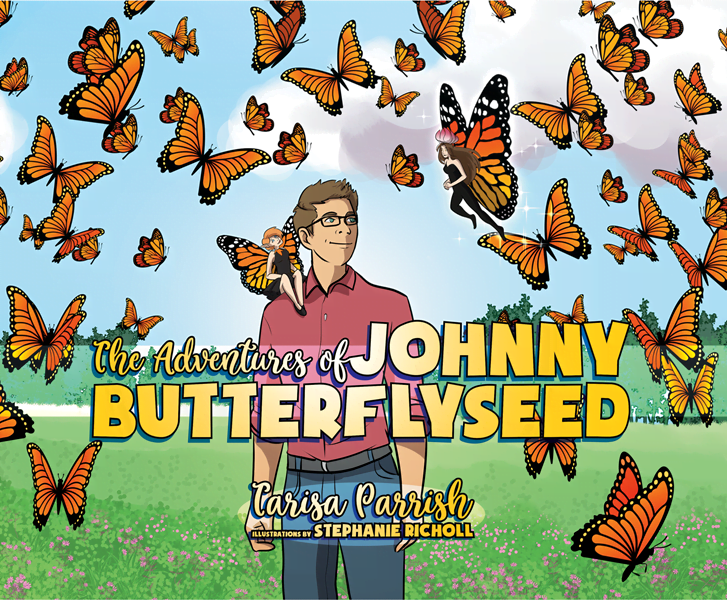
The Adventures of Johnny Butterflyseed – Author Signed First Edition Children’s Book
Save the monarchs!
Johnny Butterflyseed and his fairy friend, Raven Silverwing, embark on a mission to save the rapidly disappearing butterflies. They enlist the help of Queen Venus Goldwing and her kingdom of monarchs to educate and inspire kids to become butterfly farmers. At first, Johnny faces his own internal struggle with self-doubt and fear in his ability to make a difference, but then soon develops a mindset that allows him to not only get started, but also make progress one day at a time. Through challenge after challenge, Johnny learns that he is not alone in his mission and that there are many people who want to help. Together, Johnny, Raven, and Queen Venus educate thousands of children on becoming butterfly farmers.
